Strawberry Gigantella - plant, grow and eat
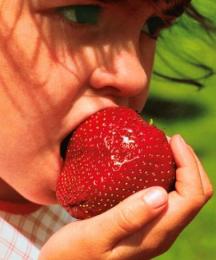
It is perhaps difficult to find a person who does not like strawberries. Fragrant, tasty, beautiful, they serve as a worthy decoration for any front garden. Naturally, when there are a lot of strawberries or the berries are large, this is wonderful. Among gardeners, the Gigantella strawberry is especially loved. This species is a little capricious and requires a lot of attention. However, like any other variety of strawberry. With proper cultivation The fruits are very large, juicy and sweet.
Content:
- Features of strawberry Gigantella
- Disadvantages of giant berries
- Benefits of Gigantella berries
- Rules for feeding strawberries
- Rules for caring for strawberries
- Prevention of strawberry diseases
Features of strawberry Gigantella
This wonderful berry was developed in Holland. It is attractive not only for its large fruits - the weight of one berry reaches 100 grams, but also for its dense juicy pulp, amazing rich taste, aroma with hints of pineapple, and excellent transportability. Gigantella berries very beautiful - large, bright scarlet with white speckles of seeds.
Gigantella strawberry bushes are also large - they can reach up to 50 centimeters in height. That is why the optimal planting scheme is 4 bushes per square meter. This variety of strawberry loves the sun very much, so you need to choose a place to plant this berry that is as sunny as possible. Gigantella can grow in one place for up to 8 years.
Disadvantages of giant berries
The fruits of the Gigantella variety disappear quite quickly, unlike other varieties.It depends on the size of the fruit - the berries are very impressive in size. But this cannot be called a significant drawback; it is rather its advantage and characteristic difference.
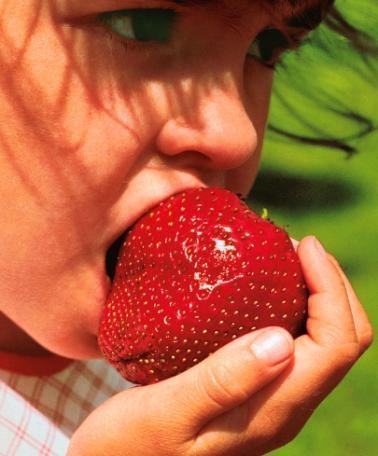
A minor drawback of this variety is frequent watering. But you need to be careful: if you think it’s time to water the bushes, check the soil with your fingers for dryness. And only after that, water in the required quantity.
Benefits of Gigantella berries
The formation of flowers occurs quite early: in the middle or even at the beginning of May. The berries ripen in late May - June. That is, the fruits appear very quickly after flowering (about two weeks). Strawberry bushes are dense, large and powerful. They can grow up to 60 centimeters in diameter. The first berries are about 9-10 centimeters in size. The fruits are regular in shape, without visible irregularities and incredibly tasty and sweet.
It should be noted that this particular strawberry variety is the least susceptible to diseases and lesions.
Rules for feeding strawberries
- In the first year of berry growth, it is not recommended to use fertilizers containing nitrogen, as the berries may rot. In addition, nitrogen affects the rapid growth of leaves, which should not be allowed. The most optimal fertilizers for the first year of life of Gigantella strawberries are potassium (phosphorus is acceptable). These fertilizers are applied at the very beginning of spring in even portions to the soil.
- From the second year of strawberry life, you can use ammonium nitrate.
- From the third year, superphosphate, potassium chloride, ammonium nitrate are used in equal proportions: 100x100x100 per 10 square meters. The first part of this fertilizer is applied in the spring, remaining after the last harvest.

You need to know the rules of fertilizing: be sure to systematically water the bushes frequently while applying fertilizer.
Rules for caring for strawberries
As soon as the snow melted, bushes need to be processed - remove dry leaves, spray them with pesticides, and scatter onion peels over the garden bed, which will be both fertilizer and medicine for the bushes and, accordingly, the fruits. Then, when the strawberries begin to grow, they are fed with complex fertilizer.
It is also necessary to properly remove diseased and dried strawberry leaves at the very beginning of their flowering. Then carry out a full mineral fertilization and place straw or pine needles under the base of the bushes and around them.
After all, it is believed that pine and spruce needles are a good aid for growing strawberries. It must be sprinkled under the leaves, between the bushes. This coniferous layer helps retain moisture in the soil, serves as a fertilizer and protects against many diseases.
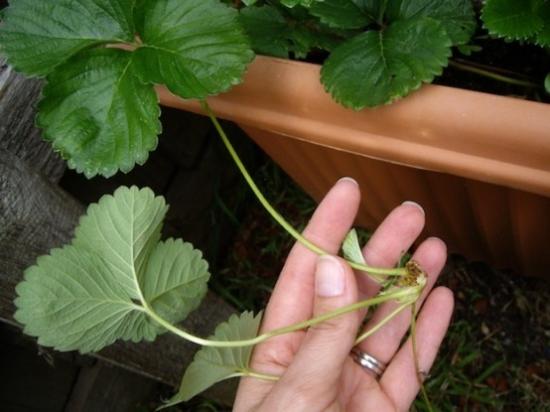
In order for a strawberry bush to bear fruit well, the whiskers that it “puts out” must be removed in a timely manner. Of course, every gardener has his own tricks in growing one or another garden crop. These are the nuances in growing Gigantella strawberries that have found their recognition among many.
Prevention of strawberry diseases
Periodically, to prevent diseases, it is worth treating strawberries with horse sorrel. The suspension is prepared simply in the following way: fill a 10-liter bucket with chopped sorrel and fill it with hot water; This composition is infused for about two days. Then strain the infusion and spray on the strawberry bushes.
In addition to the preventive effect, this infusion serves excellent fertilizer.
If you decide to grow Gigantella strawberries on your plot, put in the effort and love, then it will generously reward you with beautiful, tasty and aromatic berries. It is good for jams and preserves and other fillings. But the impressive fruits of these strawberries are designed to be enjoyed fresh.


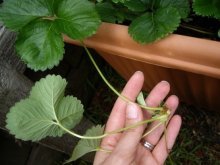
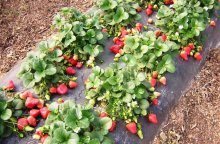
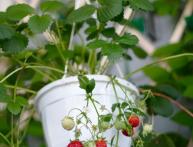
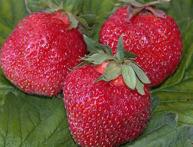
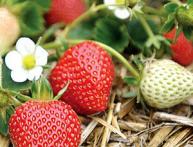
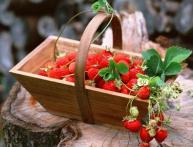
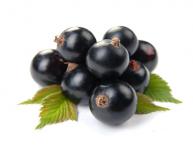
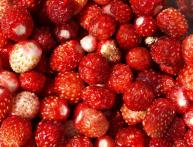
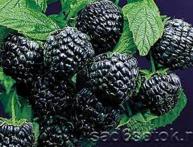
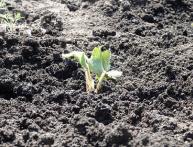
Comments
Yes, you can eat enough of these berries, otherwise there are always not enough strawberries and they run out quickly. Very interested. This year I will also plant this variety, if they grow together, I will grow only them.
Last year I tried to plant such strawberries, it didn’t work, and judging by the article I fertilized it incorrectly!!! I’ll try again, use your advice, I hope it will work, because the strawberries are worth it!
When Gigantella was planted for the first time, it was not possible to achieve a good harvest, as we later found out it was impossible to use fertilizer containing nitrogen in the first year of growth. Now Gigantella pleases us with high yields and excellent taste.